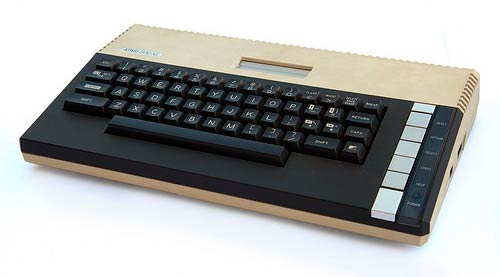10 Old-School Technologies Fondly Remembered
In the fast-paced world of technology, we spend much of our time focused on the latest and greatest gadgets and software. With the rise of the iPad, server virtualization, HTML5 and other advanced technologies, it's easy to forget the past. But in the spirit of honoring our ancestors, we at BizTech magazine felt the need to pay homage to the technology of yesteryear, so we put the word out: What once-loved retro technologies do you now miss?
Here are 10 old-school technologies handpicked by tech bloggers and technology editors.
Apple IIe
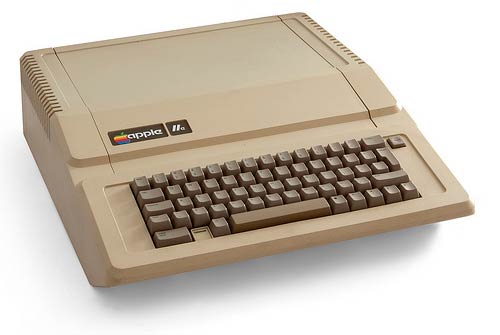
[image: Easterbilby]
The Apple II, invented and designed primarily by the other Steve (Wozniak) at Apple, is often credited with kick-starting the personal-computer revolution. The original device in the Apple II series was released in 1977, with a whopping 1-megahertz processor and 4 kilobytes of RAM. The Apple IIe, released in 1983, was a later iteration of this successful device. The “e” stood for enhanced, and unlike the original, the Apple IIe packed a little more punch on the RAM side (64 KB). But one of the bigger accomplishments was the inclusion of a full ASCII character set, which allowed users to type in both lower and uppercase. Don't take your shift key for granted, folks.
MS-DOS
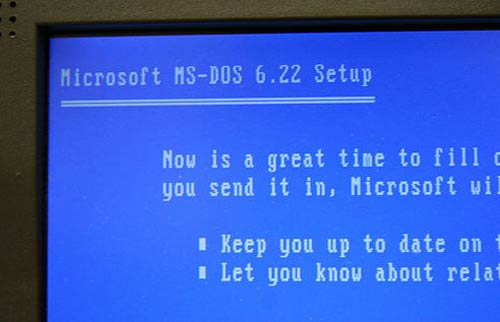
[image: ajnabee]
For many software geeks, MS-DOS is where it all began. MS-DOS is the Microsoft version of DOS, or “Disk Operating System,” which drove the personal-computing boom in the 1980s and '90s. After acquiring QDOS from Seattle Computer Products, Microsoft developed the operating system to help launch IBM's line of PCs in the 1980s. They developed MS-DOS and PC-DOS in tandem, essentially rebranding MS-DOS as PC-DOS for the IBM PCs, until 1996 when IBM and Microsoft went their separate ways. The command-line interface of this operating system helped many computer users cut their teeth. Surely, Oregon Trail Deluxe brings back a few memories.
Turbo button on PC
[image: wiki]
The need for (processor) speed had a way of making things complicated on the software side in older computers during the late '80s. Back then, programmers would design their software to run on hardware with specific processor speeds, according to The PC Guide, an online reference site. This caused problems when hardware outpaced software, rendering older programs unusable. Users were able to adjust the speed of their computer's processor by engaging or disengaging the turbo button, depending on the needs of the software running at the time. (Now if only there were a turbo button to make the workday end sooner…)
Sega Dreamcast
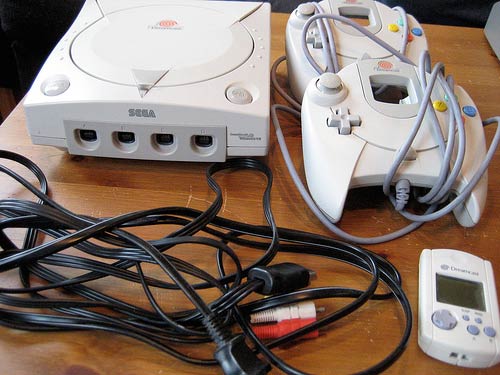
[image: sundaykofax]
Remember when Sega was in the hardware business? It seems like forever ago, but the company was at one point a leader in the video-game console market. Their 16-bit offering, the Sega Genesis, blazed a trail among home-based video-game consoles. Notable games for the system included Altered Beast, Sonic the Hedgehog and — who could forget — Mortal Kombat, which Sega controversially decided to carry uncensored while Nintendo forced the game's developers to turn blood into sweat for the Super NES version. The follow-up consoles to the Genesis suffered, however. The 32-bit effort, the Sega Saturn, received a so-so reception in the U.S.; likewise for its 128-bit product, the Sega Dreamcast, which was released in 1998.
But the Dreamcast developed a niche, even after Sega officially discontinued support for the product and pulled out of the hardware business completely in 2001. A recent example of the cult following it has achieved came this year when the LulzSec hackers gave the Dreamcast a shout out on Twitter after Sega suffered a security breach: “@Sega - contact us. We want to help you destroy the hackers that attacked you. We love the Dreamcast, these people are going down.”

"The Sega Dreamcast. Fave games include: Street Fighter Alpha 3, both Power Stones, Street Fighter 3rd Strike, Grandia 2 and Skies of Arcadia :)"
Vadem Clio
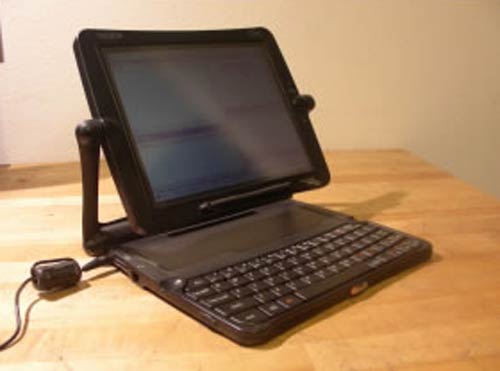
[image: wiki]
Think tablets are a new fad in mobile computing? Think again. In 1999, Vadem debuted the Vadem Clio, a tablet that transformed into a notebook with a full-fledged keyboard. Interestingly, the tablet that transforms into a notebook computer is a concept still in play today, as the ASUS Eee Pad Transformer demonstrates. One fun fact about the Clio: It was designed by frog design, the same firm that put Apple Computer on the map with its innovative designs in the company's early days.

"I still break out the old Vadem Clio every once in a while to see if it still works. Just for old times sake. I loved that device!"
Microsoft Money
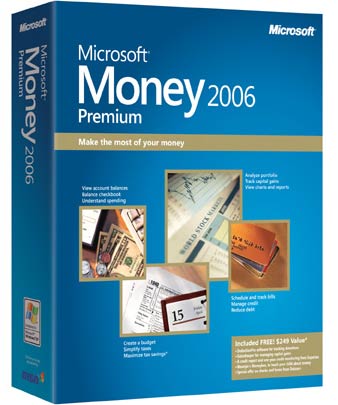
[image: wiki]
In 1991, having your personal finances managed on the computer was a dream Microsoft made come true with the release of its personal accounting software, Microsoft Money. The program enabled users to balance checkbooks, pay bills online and manage household budgets digitally. There were flavors of the software that offered more features for business users as well. But with the rise of online banking, many of the software program’s features started being offered by banks directly. In 2009, Microsoft called it quits and announced that it would be sunsetting MS Money.
Banyan Vines
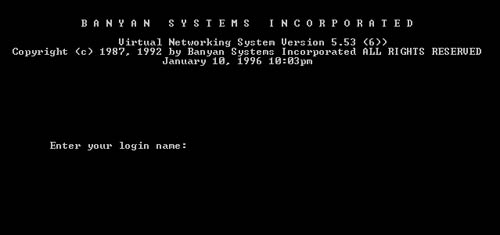
[image: Coldtail.com]
This network operating system, pioneered in the 1980s by James Allchin, who subsequently worked for Microsoft until 2007, made a lasting impression on IT with its innovative directory services. Early adopters of VINES (for Virtual Integrated Network Service) included the State Department, the Treasury Department and the Department of Defense.
"I fondly remember Banyan VINES for pioneering directory services." —Amy Schurr, Managing Editor of StateTech magazine
Atari 800
Atari is probably most closely associated with the video game industry, thanks to the success of PONG and the Atari 2600 home video-game systems. But many also remember Atari for its home computers, the Atari 400 and 800. The computer was notable for its use of integrated circuits and the serial I/O computer bus, which some might call the predecessor to the USB.
HP-10B Calculator
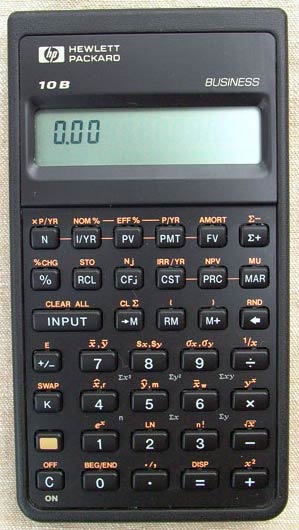
[image: wiki]
Calculators have made basic arithmetic an effortless task for students and business professionals alike. Although some still preferred to work their math out with a pencil and scratch paper, many grew to rely on the calculator. The HP-10B, released in 1989, grew popular as a student/business calculator, offering simple arithmetic capabilities in addition to algebraic functions.
Tandy TRS-80
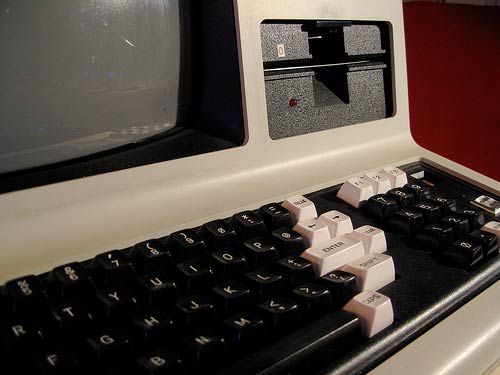
[image: blakespot]
Along with the Apple and Commodore, Tandy Corp. helped drive the personal-computing revolution that swept the U.S. in the late 1970s and early '80s. The TRS-80 desktop microcomputer, with its full-stroke QWERTY keyboard and monitor included, took the market by storm and was aggressively priced at $599. The low price point and all-in-one packaging helped sell the TRS-80 as a convenient, user-friendly computer for the average American.
"I'd go with the good old Tandy TRS-80 Model III that was my first taste of computer programming and gaming. The glow of green monochrome :)"





